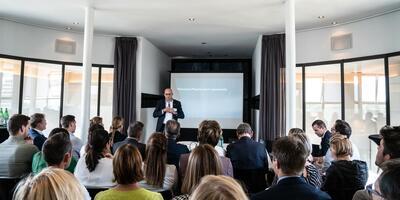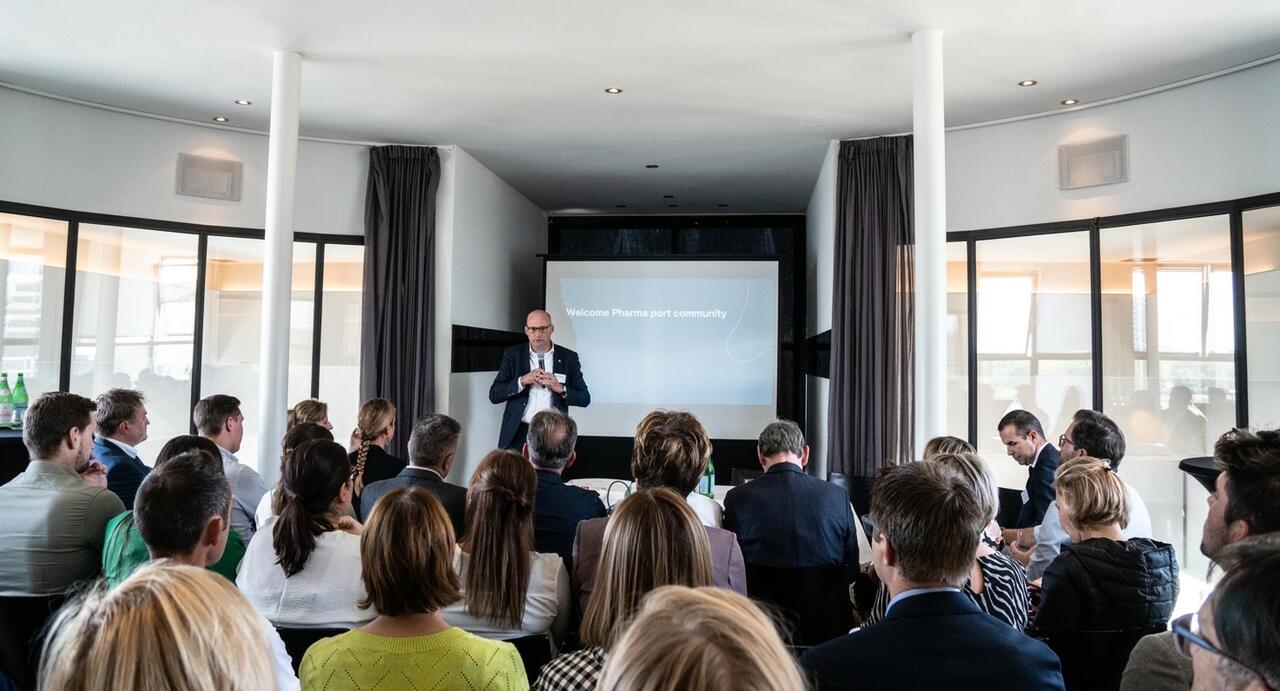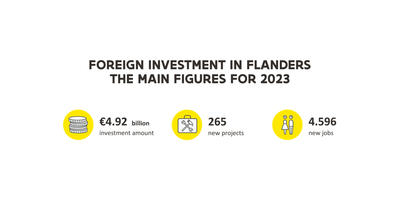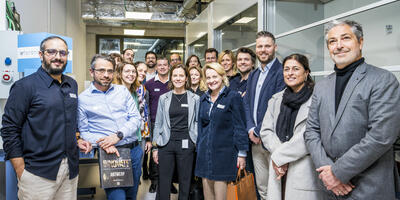
Port of Antwerp-Bruges is world’s first maritime GDP port

Official certificate
The Port of Antwerp-Bruges can call itself the first maritime GDP port in the world. This means that all links of the logistics chain, including the container terminals, follow the European Good Distribution Practices (GDP) rules. As a result, the quality of pharmaceutical and life sciences products passing through the port – from medicines to vaccines and medical materials – is maintained throughout the entire distribution process. Moreover, Europe’s second-largest seaport announced that these guidelines have now also been consolidated in an official certificate.
Maritime translation
The basis of the certificate is provided by the guidelines that were previously issued by the Port of Antwerp-Bruges for deep-sea cargo and port logistics of temperature-sensitive products. These are based on the global WHO standards, with a specific focus on Europe and maritime activities. The certificate is issued by SGS, an internationally renowned certification organization for the pharma sector. Operational companies, like terminal operators and shipping firms, can apply for the certification to demonstrate their commitment to quality in every aspect of their services.
The fact that the logistics chain for pharma products faces challenges became clearer than ever during COVID. As the first port worldwide with this new GDP certificate, we prove our commitment to the pharma industry's specific needs.
Rising demand for shipping by reefer container
Flanders is a major hub for life sciences & health. Many multinationals in the sector are based in the region. What’s more, 1 out of 6 medicines exported from the EU to the world starts its global journey in Belgium, mostly in the country’s northern region of Flanders. Meanwhile, half of these medicines are also produced in Belgium.
For reasons of cost-efficiency and sustainability, there’s a growing demand for shipping by reefer container instead of air freight. With 63,000 m² of GDP-compliant warehouses and 9,500 plugs for reefer containers, the platforms in the port areas of Antwerp and Zeebrugge can play an important role in this trend.
A myriad of reliable partners
The Port of Antwerp-Bruges is just one of the many organizations you can partner with and rely on in Flanders’ ecosystem for life sciences & health. Curious to unravel this ecosystem in a virtual yet interactive way? Head to the Flanders360 platform and discover 300+ successful companies, universities, R&D centers, incubators and other players active in Flanders’ life sciences & health industry.
Do you first want to dive into what the Port of Antwerp-Bruges has to offer for your life sciences & health business? Check out the video below.


